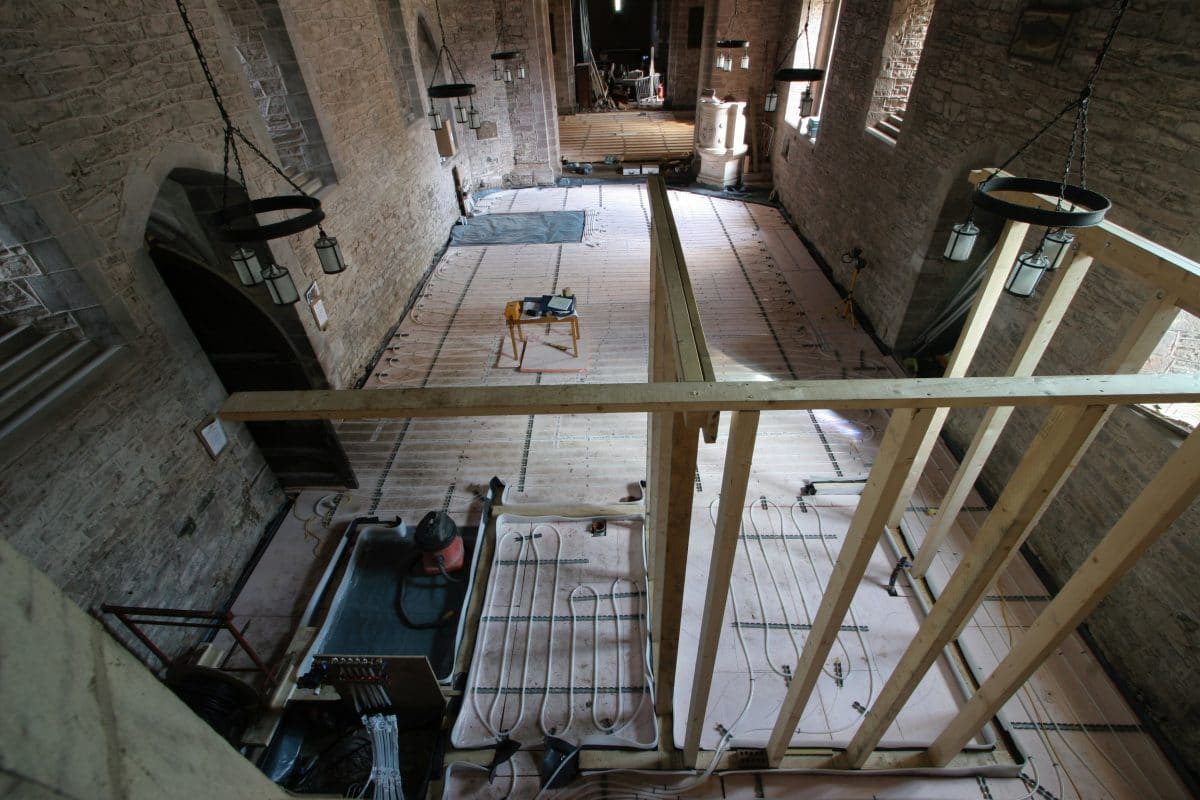Whether it is more environmentally sustainable to refurbish or rebuild is a question that affects all buildings that need substantial refurbishment in order to make them suitable for 21st century living. It’s a question we consider to a greater or lesser extent in all our projects.
To answer it fully, we need to take the concept of embodied carbon into account. Here is how Dr Craig Jones of Circular Ecology, an environmental sustainability consultancy based in Bristol, described embodied carbon in a recent article he wrote on whether to rebuild or refurbish:
Embodied carbon is the amount of carbon released during the production and processing of materials. It mainly comes from the consumption of fossil fuel energy throughout the production supply chain. It therefore considers consumption at all stages, such as material extraction, refining, transport, processing, assembly and fabrication activities. Embodied carbon is the carbon footprint of a material.
Whilst it is true that many older buildings cannot be refurbished to the same energy standards as modern construction the additional impact of new materials must be considered. Through retaining the existing structure the refurbishment requires less materials and therefore less embodied carbon.
The Environmental Sustainability of Existing Buildings: Refurbish or Replace?
For example, we recently worked on the refurbishment of a 1980s house. As part of our refurbishment, we insulated the loft and the walls, added solar panels and re-imagined the ageing and failing conservatory as a two-storey glass extension. The outcome has made an existing building much more sustainable than it was before yet the embodied carbon involved is a fraction of what would be involved if we had rebuilt the building from scratch, not to mention the carbon that is still to be paid back from the original build.

It is a consideration that is particularly pertinent to ancient buildings such as churches. We saw the concept in action when we worked on the re-ordering of St Peter’s Church in Peterchurch. Creating an environmentally sustainable building was a requirement of the funding that financed the project. To provide the evidence that was needed we submitted the project for a BREEAM assessment. (BREEAM is the world’s leading sustainability assessment method for buildings.) The assessor commented that the scheme we were proposing was the only sensible way forward. While the church was clearly not constructed to modern sustainability standards, because it had been standing for hundreds of years, there was no embodied carbon to be paid back. In comparison, while a new build would on the face of it be more environmentally sustainable, the embodied carbon footprint would be huge in comparison to the footprint of the refurbished current building.
I found Craig Jones’s blog on embodied carbon in relation to rebuilding or refurbishing fascinating and thought-provoking. If you’re interested in the topics, I’d highly recommend you read it. You’ll find it on the Circular Ecology website here.



